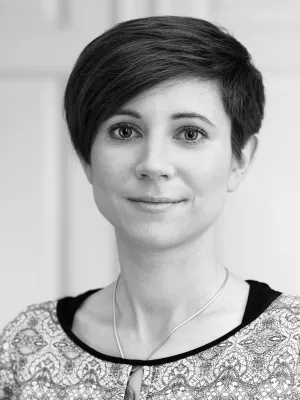
Ruth Pöttgen
Senior Lecturer

Optimisation of large-radius jet reconstruction for the ATLAS detector in 13 TeV proton–proton collisions
Author
Summary, in English
Jet substructure has provided new opportunities for searches and measurements at the LHC, and has seen continuous development since the optimization of the large-radius jet definition used by ATLAS was performed during Run 1. A range of new inputs to jet reconstruction, pile-up mitigation techniques and jet grooming algorithms motivate an optimisation of large-radius jet reconstruction for ATLAS. In this paper, this optimisation procedure is presented, and the performance of a wide range of large-radius jet definitions is compared. The relative performance of these jet definitions is assessed using metrics such as their pileup stability, ability to identify hadronically decaying W bosons and top quarks with large transverse momenta. A new type of jet input object, called a ‘unified flow object’ is introduced which combines calorimeter- and inner-detector-based signals in order to achieve optimal performance across a wide kinematic range. Large-radius jet definitions are identified which significantly improve on the current ATLAS baseline definition, and their modelling is studied using pp collisions recorded by the ATLAS detector at s=13TeV during 2017. © 2021, The Author(s).
Department/s
- Particle and nuclear physics
- eSSENCE: The e-Science Collaboration
Publishing year
2021
Language
English
Publication/Series
European Physical Journal C
Volume
81
Issue
4
Links
Document type
Journal article
Publisher
Springer
Topic
- Physical Sciences
Status
Published
ISBN/ISSN/Other
- ISSN: 1434-6044

